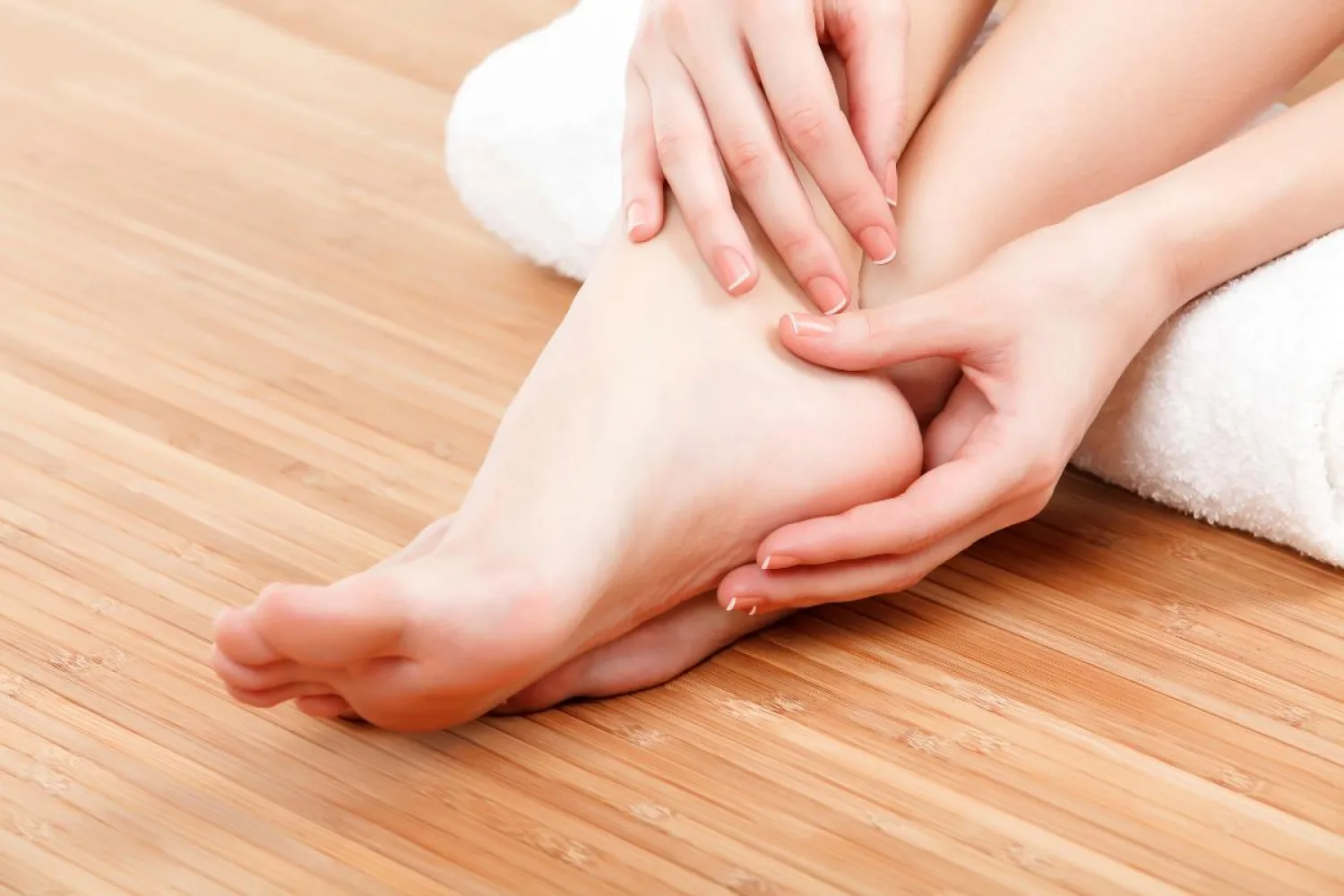Stay ahead of foot problems by inspecting your feet regularly, keeping them flexible, and wearing the right shoes.
Feet are the unsung heroes of mobility, and it's crucial to keep them healthy. Even minor problems with your feet — such as an ingrown toenail or a small cut — can leave you sidelined. "Breaches of the skin can quickly become problems, whether it's a scrape, ulcer, or blister that gets contaminated or becomes infected," says Dr. Christopher DiGiovanni, chief of foot and ankle surgery at Harvard-affiliated Massachusetts General Hospital.
Be proactive, and care for your feet the way you'd maintain any valuable equipment you rely on for mobility. Here are seven ideas to help.
1. Inspect your feet daily
Make foot exams part of your daily routine. Examine the tops and bottoms of your feet. Use a mirror if you can't see the bottoms well. "Look for anything unusual: skin changes, cuts, blisters, drainage, an ulcer, a splinter, or what looks like a spot of dirt that on closer inspection could be a small tick," recommends Dr. DiGiovanni. Watch for discoloration of the toenails, too, which can indicate problems such as a fungal infection.
2. Take care of toenails
It's important to keep your toenails trimmed. "Long toenails can scratch other toes or cause infection. If your toenails touch the end of your shoe, you can get a blood clot under the nail that can cause it to fall off or be very painful," says Dr. DiGiovanni. As you get older and stiffer, it can become harder to reach and trim your toenails. Dr. DiGiovanni recommends getting regular pedicures from a podiatrist or a reputable salon, if you cannot perform this routine care yourself. How often depends on how fast your toenails grow.
3. Don't go barefoot
"We see all kinds of infections from untreated wounds on the bottoms of the feet. These are often from people walking barefoot. Wear shoes with socks to cut down on irritation. In public showers, wear flip-flops to prevent contracting plantar warts or fungal infections," advises Dr. DiGiovanni. Plantar warts are growths caused by the human papillomavirus, which gets into the skin of the feet through open areas or cuts.
4. Wear the right shoes
"People typically buy shoes that are fashionable but not functional. That makes foot problems worse," says Dr. DiGiovanni. Look for shoes with a wide, roomy toe area; a sturdy heel counter (the area of the shoe around your heel); and a wide, flexible sole. The shoe should extend in length about half an inch beyond your longest toe. Dr. DiGiovanni recommends against using store-bought orthotics unless your doctor thinks it is a good idea.
5. Keep your feet flexible
The tissues in the feet get stiffer as we get older. That can lead to plantar fasciitis or heel pain. Plantar fasciitis is inflammation of the band of tissue that extends along the bottom of the foot.
One of the best ways to prevent such foot problems is by exercising regularly and doing daily foot strengthening exercises or stretches. "I tell my patients to go swimming, to cycle, or to do yoga. That helps keep the feet healthy and stretched out," says Dr. DiGiovanni.
To keep feet supple, sit in a chair, lift one foot up, and try tracing each letter of the alphabet in the air with your toe. Repeat with the other foot. For a toe stretch, place the side of your foot on your knee and pull your toes upward," suggests Dr. DiGiovanni.
After exercising, try calf stretches: Stand about 12 inches in front of a wall, and then lean toward the wall while keeping your heels on the ground. Hold the stretch for about 30 seconds.
6. Listen to your feet
If you're exercising and develop sudden pain, redness, or swelling in your feet that doesn't go away, rest them. If the problem doesn't resolve within a few days to a week, seek advice from an expert.
7. Get an annual foot check-up
Finally, see a foot and ankle specialist (an orthopedic foot and ankle specialist or a podiatrist) on a regular basis (the frequency depends on your health). "The expert will often pick up signs of foot trouble much earlier than you might," says Dr. DiGiovanni. Early detection is often the key to safe, simple, and effective treatment.
Harvard Health Letter










